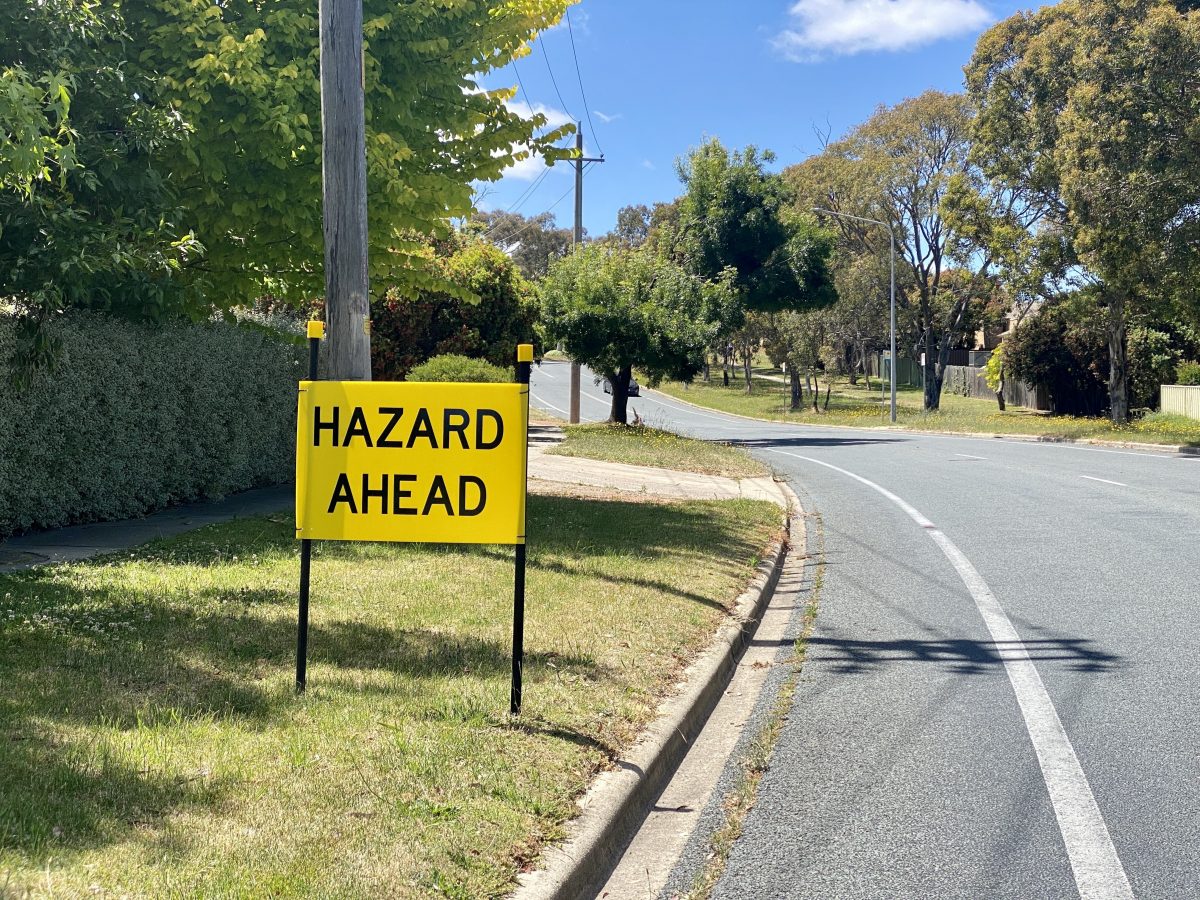
While physical hazards are relatively simple to identify, highlight and move, psychosocial ones are a little harder to identify. Photo: James Coleman.
The new Managing Psychosocial Hazards at Work Code of Practice is now in effect for all ACT businesses and their employees.
Under the Territory’s Work Health and Safety Act 2011, an employer is required to protect the physical and psychological health of their employees and other people in the workplace.
Unlike physical hazards such as outdated equipment, walkway obstructions or slippery floors, psychosocial risks generally can’t be spotted by observation alone.
So what do employers and their staff need to know to be compliant with the new code, and why is it so important?
Amy Sydney, special counsel in MV Law’s employment law team, is in an expert position to answer.
“Firstly, it’s important to recognise that what these regulations outline is nothing new,” she says.
“It’s understandable that small and micro businesses in particular are stressed about having another regulation change to get their head around, but these obligations for work health and safety have existed for a long time.
“Now there is simply more, and clearer, information out there on how to comply.”
The new amendments to the Work Health and Safety Regulation 2011 define psychosocial hazards to include “hazards relating to workplace behaviours or the design or management of work that may cause psychological harm, whether or not they also cause physical harm”.
Some examples include low role clarity or control, lack of support, cognitively and emotionally demanding work, and role overload.
“Identifying psychosocial risks largely pertains to how a workplace manages their operations, workload and workplace culture, but there are external factors to consider as well,” Amy says.
“Certain roles might also carry increased risk of psychosocial hazards. For example, first responders are regularly exposed to traumatic events in their everyday work life.
“Negative interactions with the public could also be a psychosocial hazard and employers should consider whether their staff are exposed to this in the workplace. Staff should feel supported and empowered to respond to these interactions in a calm yet direct way, while having supports available to appropriately manage their aftermath.”

Amy Sydney recommends Canberran employers and their staff browse WorkSafe ACT’s online resources to check up on compliance and build confidence in managing psychosocial hazards. Photo: Michelle Kroll.
The obligation to provide a safe workplace under the act is a cascading one, detailing “employers must eliminate the risk so far as is practicable and if they can’t they must minimise the risk”. This can best be done by following four steps.
“The first step is identification, then assessment. Think about possible outcomes if someone on your team is exposed to or affected by the hazard and how likely it is to happen,” Amy says.
“Third, you should eliminate the hazard if you can. If not, control measures must be taken to minimise the risk and its effects as much as possible.
“And finally, the hazard should be monitored, control measures reviewed, and updated if necessary.”
If psychosocial hazards aren’t taken into account, they can lead to acute and ongoing physical and psychological harm, decrease productivity in the workplace, and ultimately weaken an organisation’s performance.
“WorkSafe ACT has a number of fantastic resources online, including the code of practice itself and a psychosocial risk assessment tool to help determine what risks your workplace might hold and suggest how to address or manage them,” Amy says.
“Your employees are your best resource. Be in constant connection with them, because you may not be able to identify every psychosocial hazard before it has an effect.”
While it might seem overwhelming, Amy says there is less cause for worry than local businesses might think.
“This is not an expectation that every business is risk free. It’s about having the right understanding and mechanisms in place to identify and manage them.
“It may have some people rattled, but doing your research and engaging your sense of empathy will help. Just think, what would you put up with as an employee?”
For more information on work health and safety legislation in Canberra, visit WorkSafe ACT.





















